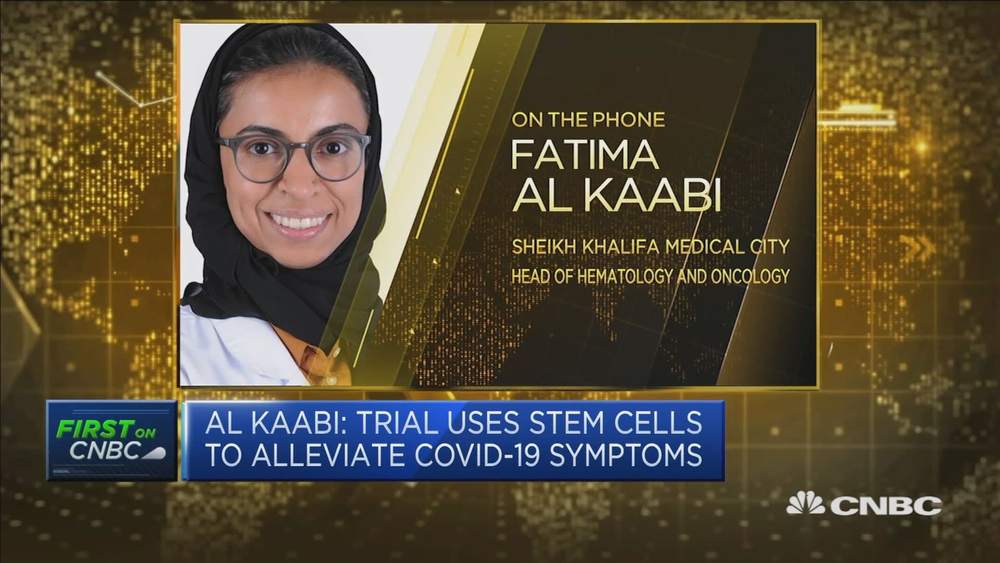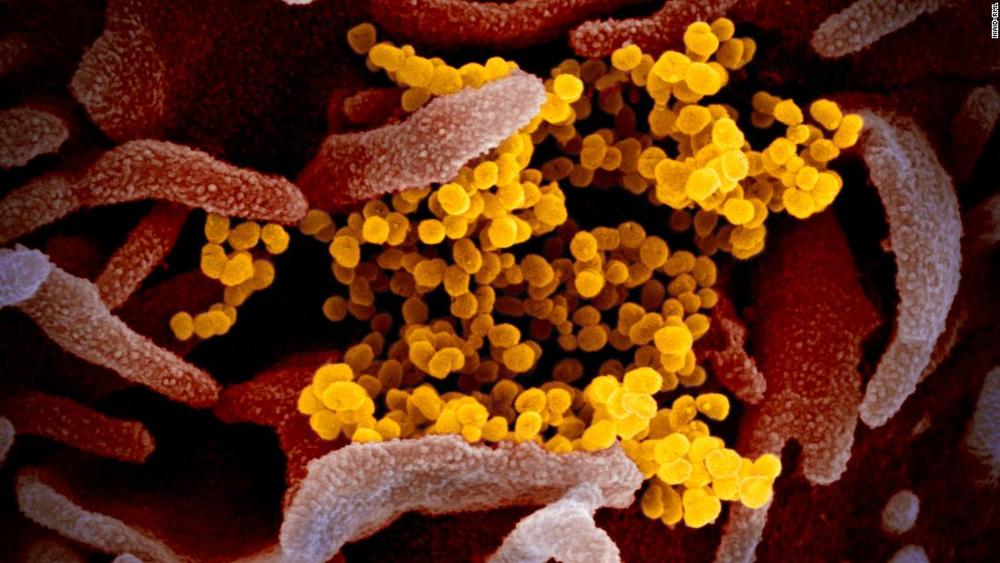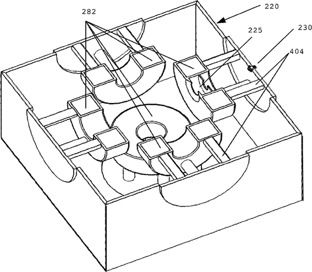What about fashion decisions? Will we trust our AIs to choose our clothes? Seems unlikely, until you consider that AIs can track eye movement as we window-shop, listen to our daily conversations to understand likes and dislikes, and scan our social feeds to understand our fashion preferences as well as those of our friends. With that level of detail, Fashion JARVIS will do a pretty accurate job of selecting our clothing—no advertising required.
Final Thoughts
In the next decade, expect advertising to get far more personalized—learning from an explosion of layered data and expanding into new surfaces of our digitally superimposed world.








